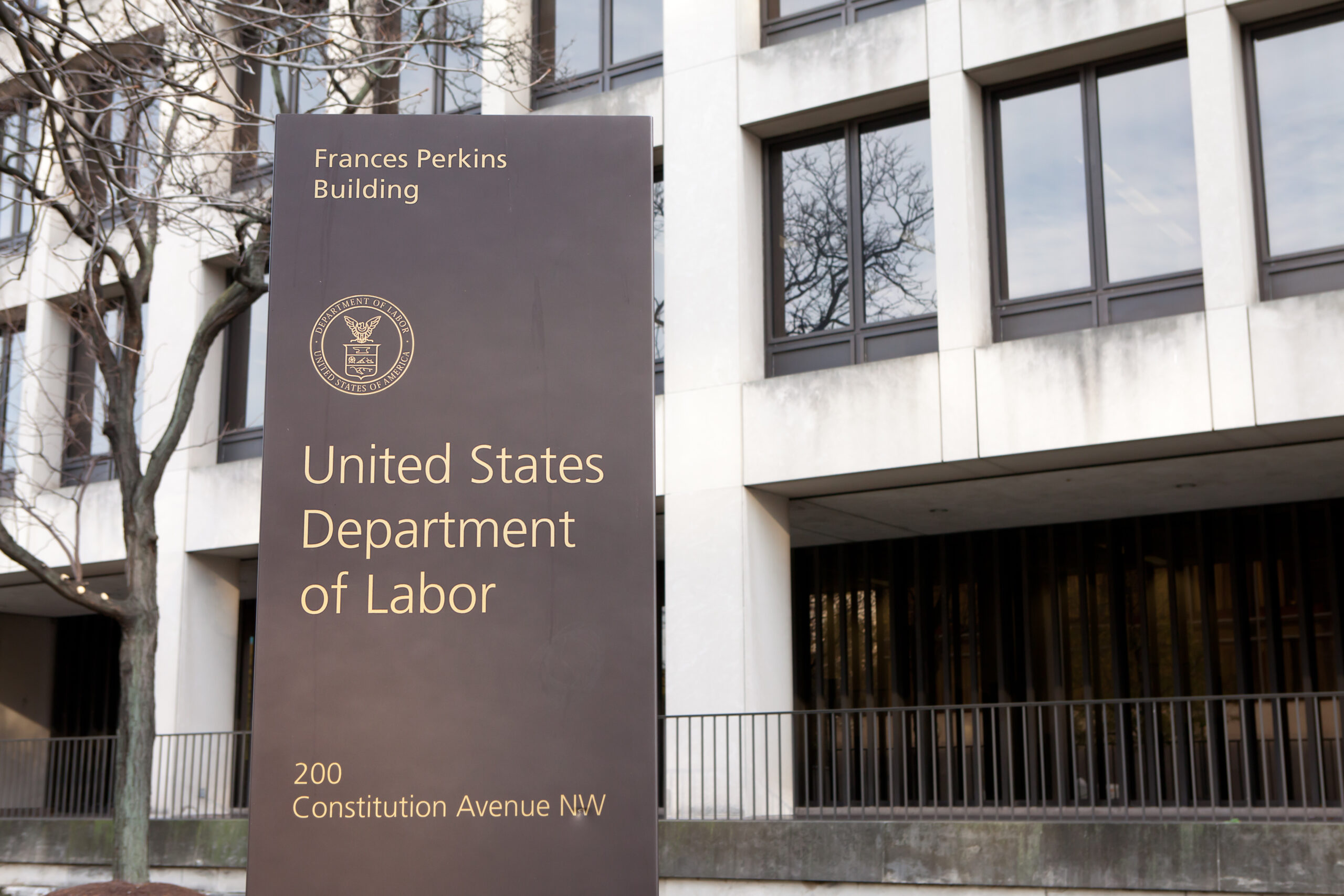This is the first in a series of introductory guides to help you navigate the alphabet soup of federal labor and employment agencies. Throughout the federal government, there is agency overlap and the pendulum often swings with each new President in the White House. Ultimately, the general framework for each agency’s mission and the statutes they enforce remains little changed. Below is an introductory guide to the U.S. Department of Labor to help you better understand its biggest agencies and their missions and mandates.
U.S. Department of Labor (DOL) has a bit of a long origin history – while officially established in 1913, its original predecessor was created in 1884 (“Bureau of Labor”) within the Department of the Interior; four years later it became independent, but without executive rank; then it moved over to the Department of Commerce in 1903 (and was restyled as the Department of Commerce and Labor) before it finally landed as an separate Cabinet-level department in 1913. DOL is responsible for administering and enforcing more than 180 federal workplace laws.
DOL’s Mission is, “To foster, promote, and develop the welfare of the wage earners, job seekers, and retirees of the United States; improve working conditions; advance opportunities for profitable employment; and assure work-related benefits and rights.”
Outlining each of the laws and every agency within DOL would be a glossary in and of itself – but included below are some of the biggest agencies and their official missions:
Employee Benefit Security Administration (EBSA): “To ensure the security of the of the retirement, health, and other job-based benefits of America’s workers and their families. We accomplish this mission by developing effective regulations, assisting and educating workers, plan sponsors, fiduciaries, and service providers, and vigorously enforcing the law.”
Employment and Training Administration (ETA): “To contribute to the more efficient functioning of the U.S. labor market by providing high-quality job training, employment, labor market information, and income maintenance services primarily through state and local workforce development systems.”
Occupational Safety and Health Administration (OSHA): “To ensure safe and healthful working conditions for workers by setting and enforcing standards and by providing training, outreach, education and assistance.”
Office of Workers Compensation Programs (OWCP): “To protect the interests of workers who are injured or become ill on the job, their families and their employers by making timely, appropriate, and accurate decisions on claims, providing prompt payment of benefits and helping injured workers return to gainful work as early as is feasible.”
Veterans’ Employment and Training Service (VETS): “We prepare America’s veterans, service members, and military spouses for meaningful careers, provide them with employment resources and expertise, protect their employment rights, and promote their employment opportunities.”
Wage and Hour Division (WHD): “To promote and achieve compliance with labor standards to protect and enhance the welfare of the nation’s workforce.”
Author’s Note: WHD’s mission doesn’t fully capture the breadth of WHD’s jurisdiction – it is responsible for enforcing all federal minimum wage, overtime child labor, and recordkeeping laws, in addition to the Family and Medical Leave Act, among others.
Fun Fact: A very reluctant President William Howard Taft signed into law the 1913 statute establishing the Department of Labor as a separate Department with the following statement, “I sign this bill with considerable hesitation, not because I dissent from the purpose of Congress to create a Department of Labor, but because I think that nine departments are enough for the proper administration of the government, and because I think that no new department ought to be created without a reorganization of all departments in the government and a redistribution of the bureaus between them. I forebear, however, because my motive in doing so would be misunderstood….”
For more information about DOL you can visit its website here.
Let’s Get Connected
We offer a free membership program, networking opportunities, and professional development scholarships to support qualifying public employees. Sign up today to receive updates from our team.
